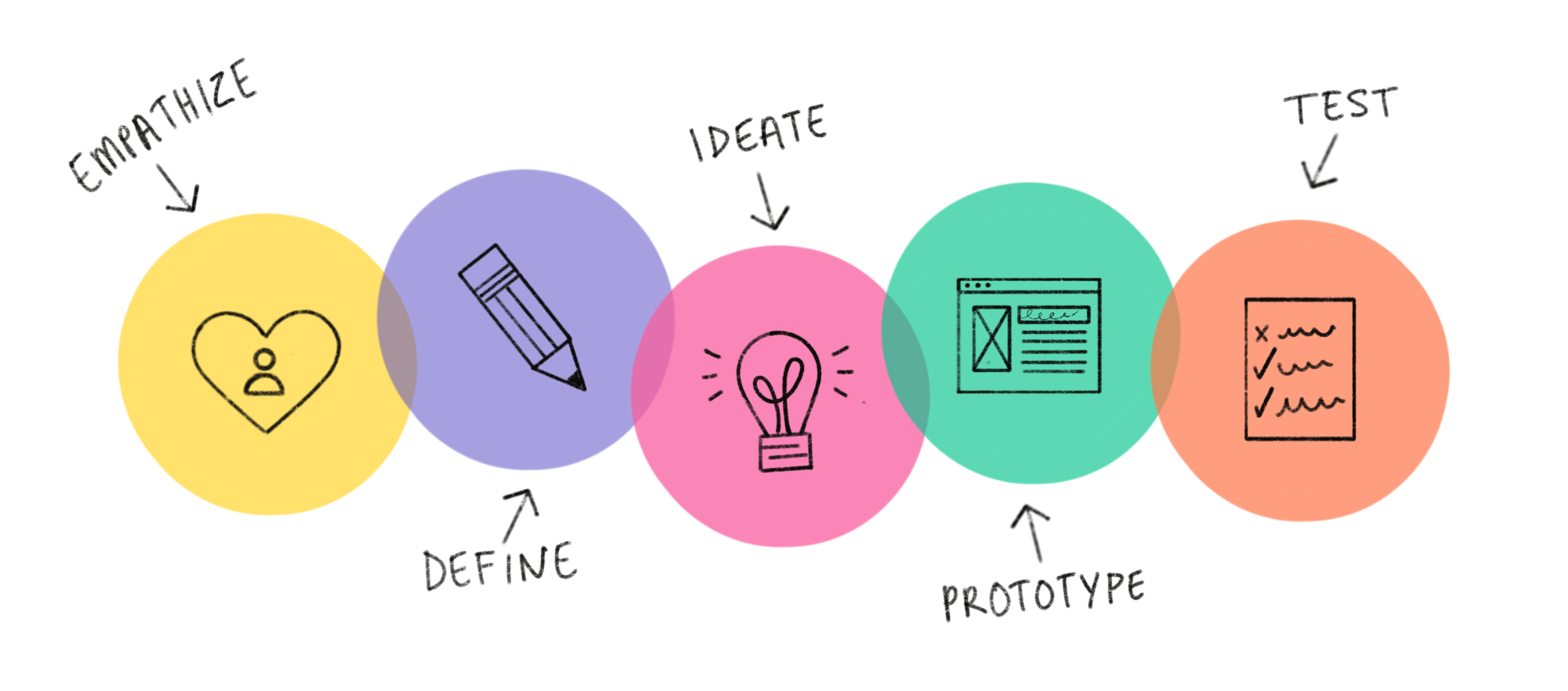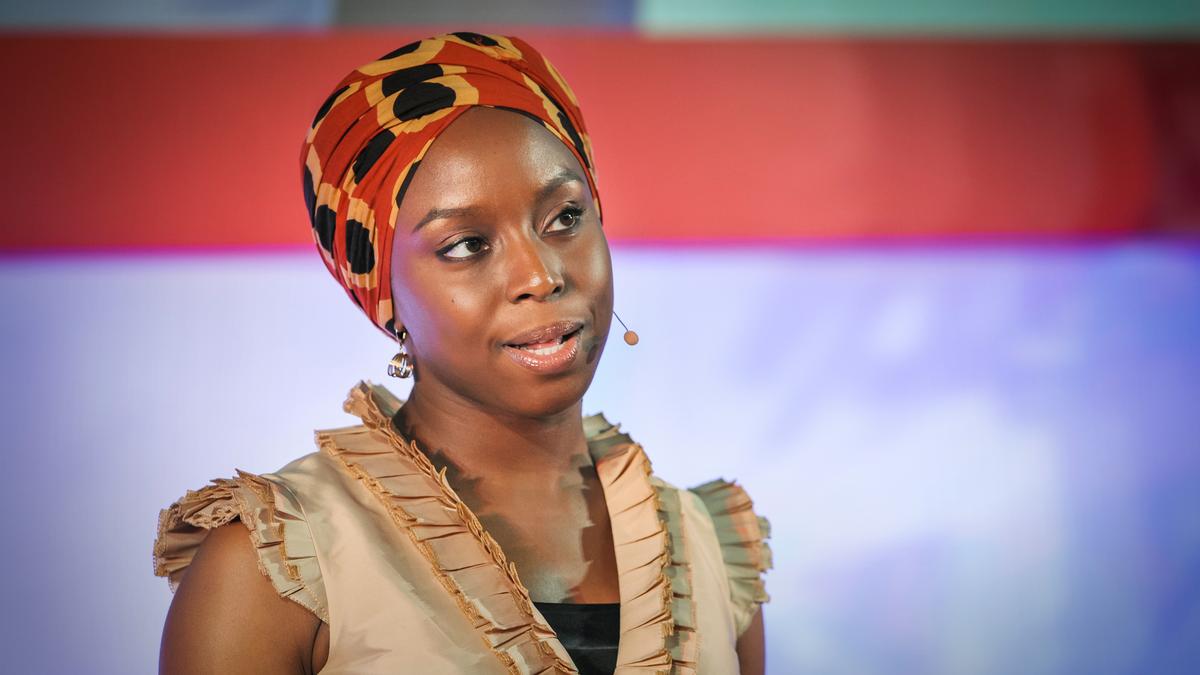I let them know that I expected confusion while we practiced, and I promised that once we learned how to do them, the writing circle sessions would become a valuable part of our writing workshop classroom
I love this modeling of allowing it to be less than perfect and embracing that these are skills to be learned through failing and refining our skills, rather than something that is perfect right away. Tolerance of confusion is such an important skill (for many grown-ups, too!).

